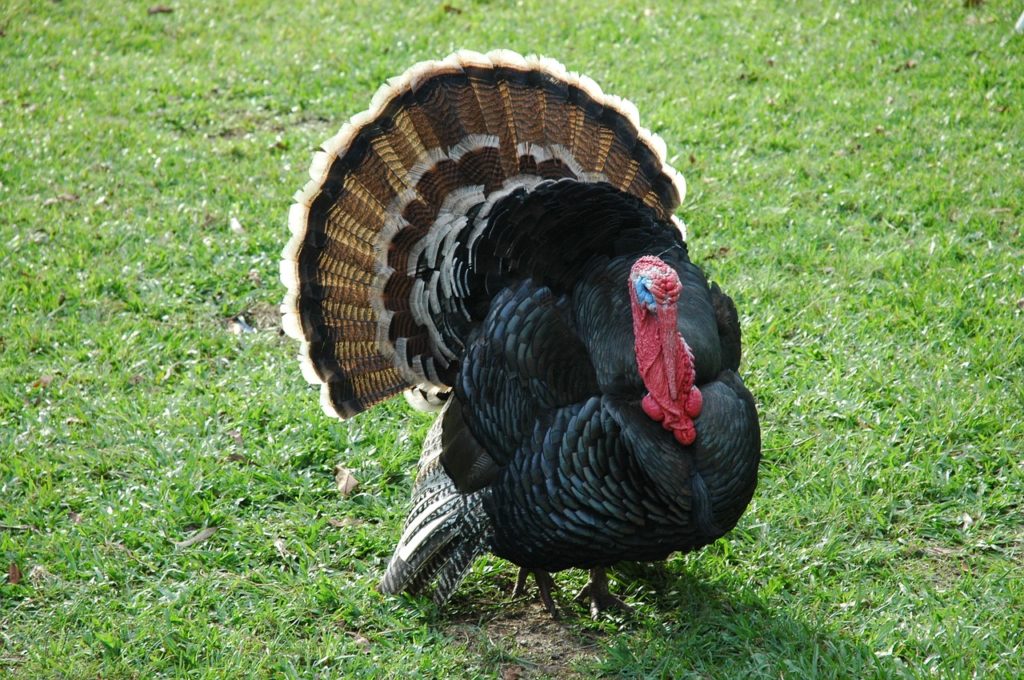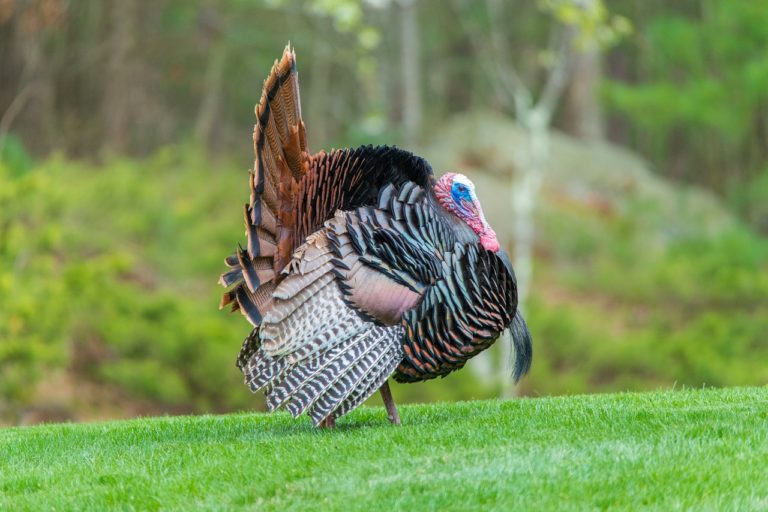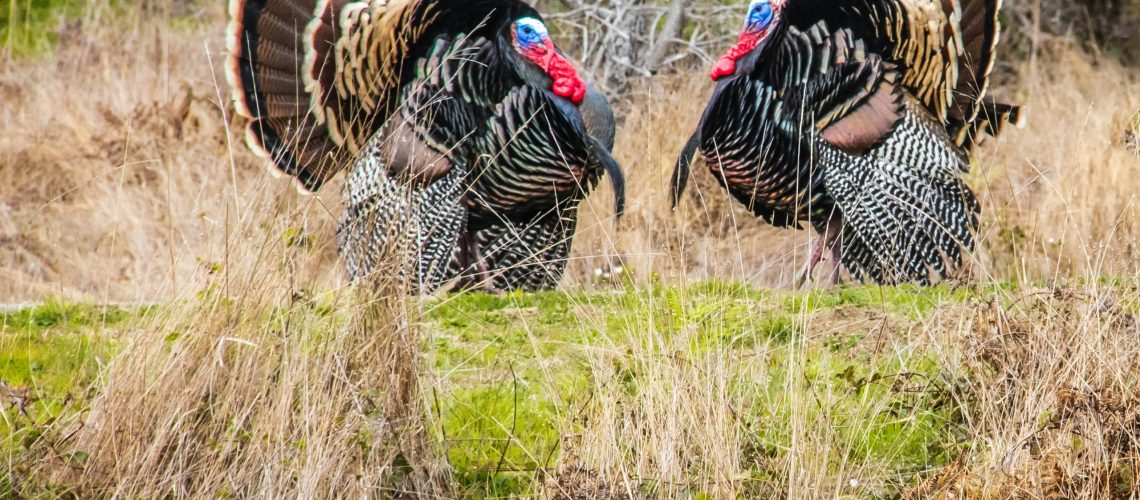Every spring as the snow line slowly recedes, my mind shifts over to the upcoming elk season. While it is certainly getting closer every day, at the moment it is still out of reach. That’s where the Merriam’s turkey shines. This sub species of turkey will have you strapping on your gear and heading into the backcountry as early as mid-April. The best part. You already know where to find them.
where to find them
That’s right the Merriam’s turkey can be found in many of the same places we look for elk. The Merriam’s take home to the mountains and canyons of the western united states. Their historic range is Colorado, New Mexico, and Arizona. However they have been successfully transplanted in quite a few other western states. click on the bulleted states to learn more about the local Merriam’s turkey populations, hunting seasons, and bag limits.
Terrain and elevation
They are primarily found in the ponderosa pine forest of their historic ranges and the pine forest of the their transplanted ranges. They are at home in historic burn areas where there is plenty of nuts, seeds, green leaves, flowers and insects. They can range in elevation between 3500 and 10000 feet. However in the spring they tend to follow a bit below the snow line where there is new vegetation. Merriam’s like to roost in open branched trees on slopes that are a medium grade of steep.
Identification
With an average length of 48″-50″ and a weight range of 18 to 20 pounds, a Tom Merriam’s turkey closely resembles the Eastern turkey in size. There are some key identifying characteristics that set the subspecies apart. They have a shorter average beard length and shorter spurs. The shorter beard length is made up for with buff to white tipped tail feathers and rump feathers. They also have the weakest gobble of all of the subspecies of turkey. That is something to keep in mind considering the vastness of the terrain they call home.
Merriam's turkey

Rio Grande

tag filling tips
Move to the action. The mountains where these birds roam is measured in miles. That is a whole lot of terrain where they may be foraging throughout the day. Merriam’s can and will cover great distances in a short amount of time. Do not invest too much time in an area if there is not any fresh sign. Scout quickly and look for pockets of meadows in the pine forest where they are likely to be. Check clear-cuts and logging roads for tracks and evidence of scratching. Look for them in drainages, benches and near water sources.
Use your optics. You can really save your legs, and a lot of time by glassing. If you are having a hard time finding birds or are new to an area, glassing is your friend. Find a spot high enough in elevation to see all of the surrounding area and glass in the mornings and evenings. You can look for groups of feeding hens, Strutting Toms, or maybe even catch them in their roosts. Do not overlook closed and overgrown roads. They make a great open area for a Tom to strut and be seen by hens. Once you find them then you can make a play on them to close the distance. Lure a mature Tom with a quality call and decoy set up.
Go where others won’t. We hear this all the time, and it can be hard to do now days. It seems every year there is more hunters willing to put in the miles behind the gates to fill an elk or deer tag. This makes getting away from the crowds harder and harder. The good news is that when compared to archery elk, the turkey season crowds are often smaller to begin with in my experience. If you put distance between you and the gate the crowds will grow even smaller. Less pressure equals more vocal birds and more importantly more birds in general.
Physical conditioning. This is no Eastern turkey hunt. In the terrain where you will find Merriam’s you will need to be in shape. If you are coming over from a region with less elevation, I suggest some training in advance. It will only make the experience more pleasant if you can efficiently get around. Although amazingly beautiful, the mountains can be a rough and rugged place.
Use locator calls. Get in early and use various calls to get a Tom to fire up and return with a gobble. Any of the coyote, crow, owl or even cow calls will do the trick. Use them at first light to get a location of a Tom still on his roost. Sound may not travel as far in the mountains as it might on a grain field so you may need to listen better to hear a return.
Get out and give it a try. You will certainly not fill a Turkey tag by staying home. While I truly admire the Merriam’s turkey, I admire even more the wild and remote places that it leads me.


